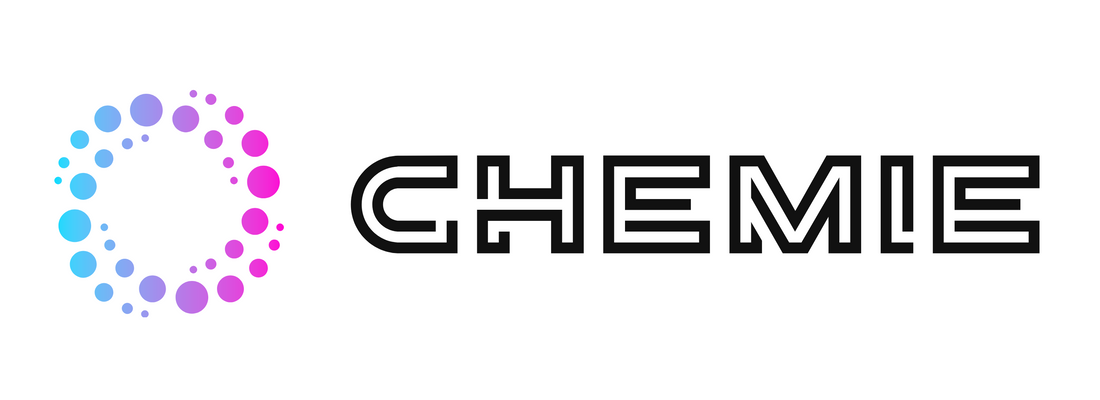The smart Trick of Chemie That Nobody is Discussing
The smart Trick of Chemie That Nobody is Discussing
Blog Article
All about Chemie
Table of ContentsThe Single Strategy To Use For ChemieHow Chemie can Save You Time, Stress, and Money.5 Simple Techniques For ChemieThe Buzz on ChemieSome Known Details About Chemie The Ultimate Guide To Chemie
By Bojanna Shantheyanda, Sreya Dutta, Kevin Coscia and David SchiemerDynalene, Inc. Liquid cooling, which can be accomplished utilizing indirect or straight methods, is utilized in electronics applications having thermal power thickness that may exceed risk-free dissipation with air cooling. Indirect liquid cooling is where warmth dissipating digital parts are physically divided from the fluid coolant, whereas in case of direct cooling, the parts are in straight call with the coolant.In indirect cooling applications the electric conductivity can be vital if there are leaks and/or spillage of the fluids onto the electronic devices. In the indirect cooling applications where water based fluids with corrosion inhibitors are typically used, the electric conductivity of the fluid coolant mostly depends upon the ion concentration in the liquid stream.
The rise in the ion focus in a closed loop liquid stream may occur because of ion leaching from metals and nonmetal components that the coolant fluid is in call with. During operation, the electrical conductivity of the fluid may increase to a degree which could be damaging for the cooling system.
An Unbiased View of Chemie
(https://www.wattpad.com/user/chemie999)They are bead like polymers that can exchanging ions with ions in a solution that it is in contact with. In the existing work, ion leaching tests were performed with different steels and polymers in both ultrapure deionized (DI) water, i.e. water which is treated to the highest degree of purity, and reduced electrical conductive ethylene glycol/water blend, with the gauged change in conductivity reported gradually.
The samples were permitted to equilibrate at area temperature level for two days prior to recording the initial electrical conductivity. In all tests reported in this research liquid electrical conductivity was measured to a precision of 1% using an Oakton disadvantage 510/CON 6 collection meter which was calibrated prior to each measurement.
The Ultimate Guide To Chemie
from the wall home heating coils to the facility of the heating system. The PTFE sample containers were put in the heater when consistent state temperatures were reached. The examination arrangement was removed from the furnace every 168 hours (seven days), cooled down to area temperature level with the electrical conductivity of the fluid gauged.
The electrical conductivity of the liquid sample was kept track of for an overall of 5000 hours (208 days). Figure 2. Schematic of the indirect shut loophole cooling down experiment set-up - heat transfer fluid. Table 1. Parts made use of in the indirect closed loop cooling experiment that touch with the fluid coolant. A schematic of the speculative setup is received Number 2.

Some Known Factual Statements About Chemie
The change in liquid electrical conductivity was kept an eye on for 136 hours. The fluid from the system was accumulated and stored.

0.1 g of Dowex material was contributed to 100g of liquid examples that was taken in a separate container. The mix was stirred and transform in the electrical conductivity at area temperature level was determined every hour. The gauged adjustment in the electrical conductivity of the UP-H2O and EG-LC examination liquids containing polymer or metal when involved for 5,000 hours at 80C is shown Number 3.
The Basic Principles Of Chemie
Figure 3. Ion seeping experiment: Calculated adjustment in electric conductivity of water and EG-LC coolants consisting of either polymer or steel samples when submersed for 5,000 hours at 80C. The results suggest that steels added fewer ions right into the fluids than plastics in both UP-H2O and EG-LC based coolants. This might be because of a slim metal oxide layer which may function as an obstacle to ion leaching and cationic diffusion.
Fluids consisting of polypropylene and HDPE showed the most affordable electric conductivity modifications. This could be due to the brief, stiff, direct chains which are less most likely to add ions than longer branched chains with weaker intermolecular pressures. Silicone likewise executed well in both examination fluids, as polysiloxanes are generally chemically inert due to the high bond energy of the silicon-oxygen bond which would protect against degradation of the product into the fluid.
Chemie Can Be Fun For Anyone
It would certainly be expected that PVC would produce comparable outcomes to those of PTFE and HDPE based upon the comparable chemical structures of the products, however there might be various other impurities existing in the PVC, such as plasticizers, that might impact the electric conductivity of the liquid - fluorinert. In addition, chloride groups in PVC can additionally leach right into the examination liquid and can trigger a rise in electrical conductivity
Polyurethane totally degenerated into the examination fluid by the end of 5000 hour examination. Before and after images of steel and polymer samples immersed for 5,000 hours at 80C in the ion seeping experiment.
Calculated adjustment in the electrical conductivity of UP-H2O coolant as a feature of time with and without material cartridge in the shut indirect cooling loophole experiment. The determined adjustment in electrical conductivity of the UP-H2O for 136 hours with and without ion exchange material in the loop is revealed in Figure 5.
Report this page